Wild Irises of Texas
on Monday, April, 14 2014 02:23:03 am , 320 words
Categories: Uncategorized , 41148 views
To me some of the most spectacular wildflowers are irises, which are now blooming throughout this coastal area of Texas along the banks of rivers, streams, and lakes, especially small shallow bodies of water commonly called flag ponds.
According to the website The Biota of North America Program, Texas has five native species of wild iris (often called "flags") growing wild in many parts of the state. The native North American species growing wild in Texas are the following:
- Iris brevicaulis (also known as the Zigzag Iris)
- Iris fulva (commonly called the Copper Iris or Red Flag)
- Iris giganticaerulea (known as the Giant Blue Iris or Giant Blue Flag)
- Iris virginica (also called the Great Blue Flag or Southern Blue Flag)
- Iris x flexicaulis (sometimes called Iris hexagona var. flexicaulis or Iris flexicaulis, an apparently naturally-occurring cross of brevicaulis and giganticaerulea)
Barbara Medford, writing for the website of the Lady Bird Johnson Wildflower Center lists only four Texas natives: "Iris brevicaulis (zigzag iris), Iris fulva (copper iris), Iris hexagona (Dixie iris), and Iris virginica (Virginia iris)." Problematic for me is that the bonap site page on irises shows the Dixie iris as native to Florida, Georgia, and South Carolina. Medford does not list the Giant Blue Iris as a Texas native. Also, if Iris x flexicaulis is not related to the Dixie Iris, should they both be called Iris hexagona? (Confusing! And why I am showing pictures here of the irises that have been growing on the slough I live on, with no attempt made to identify them by scientific or even common names.)
Texas also has an Old World species, Iris pseudacorus (referred to as the yellow flag, yellow iris, or water flag), growing wild, as do many other states. These exotics are growing also on the slough. They were brought here from a neighboring slough where they were growing wild.


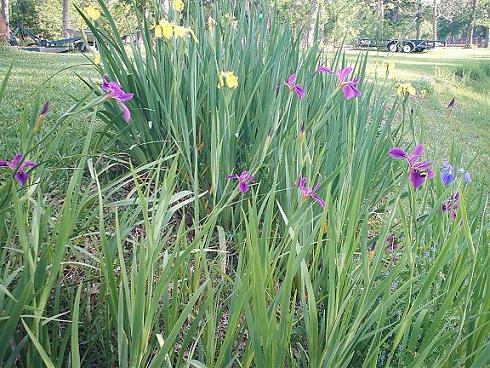
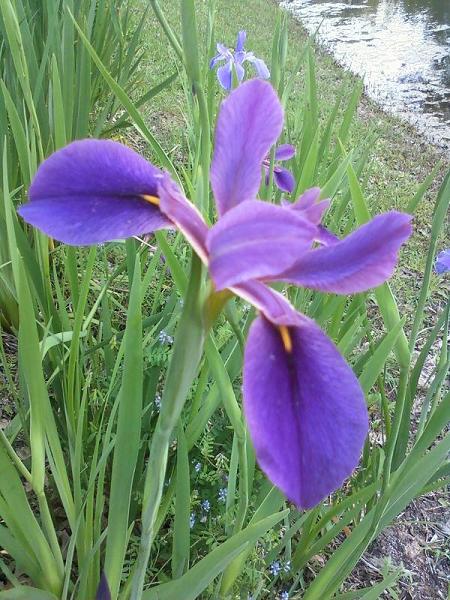
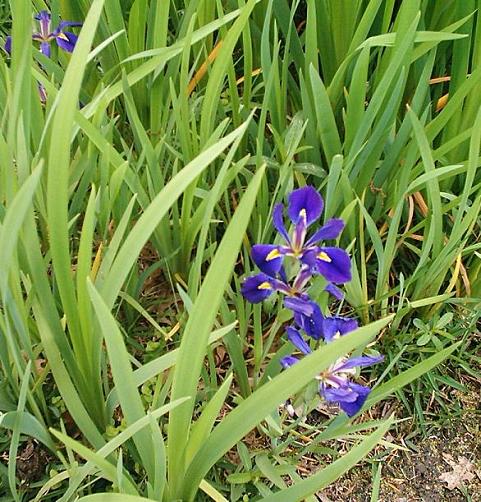
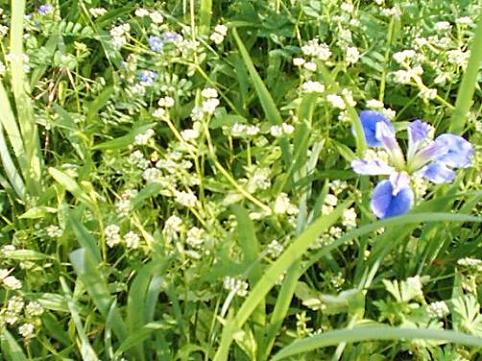
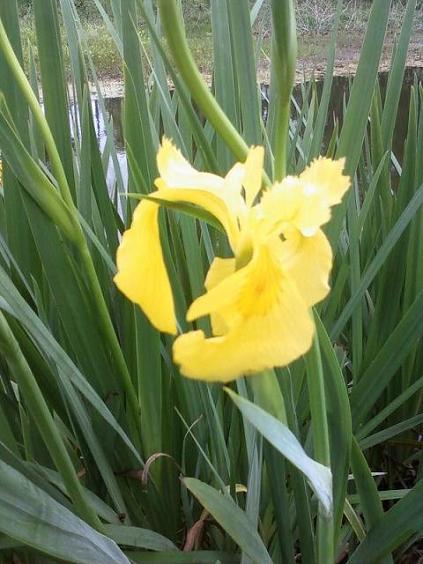

4 comments
This post has 1 feedback awaiting moderation...
